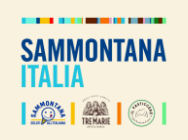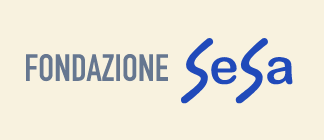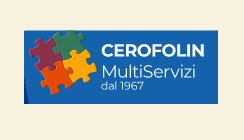EMPOLI 1424
MASOLINO AND THE DAWN OF RENAISSANCE
april 6 th – july 7 th 2024
Museum of the Collegiate Church of Sant'Andrea
Church of Santo Stefano degli Agostiniani
Taking place 600 years after the creation of the Ciclo della Vera Croce (Cycle of the True Cross) for the Church of Santo Stefano degli Agostiniani in Empoli, this exhibition centres on the works of Masolino, an artist who, alongside Masaccio and Beato Angelico, made a significant contribution to the beginnings of Renaissance painting in Florence in the 15th century.
The aim of the exhibition, promoted by the Municipality of Empoli and Fondazione CR Firenze, is to reconstruct the cultural context in which Masolino operated, as well as the original features of his artistic style and production. At the same time, it is intended to recount that extraordinary moment in the history of Italian art which, in 1424, saw Empoli involved in the most significant experimentation of the time, having attracted the best painters active on the Florentine scene in previous years, such as Lorenzo Monaco and Gherardo Starnina.
1424
MASOLINO IN EMPOLI
On 2 November 1424, Masolino da Panicale (1383-1440/47) received payment for finishing the frescoes with a Cycle of Stories of the True Cross for the Chapel of the Compagnia della Croce at the Church of the Eremitani di Santo Stefano, Empoli. This date represents one of the few known fixed points for the reconstruction of Masolino’s artistic production and is also a reference for the other works the painter left in Empoli, which are still preserved in the Church of Santo Stefano and the Museum of the Collegiate Church of Sant’Andrea.
This was a particularly fascinating moment of growth for the painter, after his intense association with Gentile da Fabriano and just before his collaboration with Masaccio on the Brancacci Chapel in Florence in 1425. The core of Masolino’s works around which the exhibition revolves allows us to broaden our knowledge of this extraordinary artist.
information
and details
Opening times
Tuesday – Sunday, 10 am – 6 pm
Ticket offices
Museum of the Collegiate Church of Sant’Andrea
Piazzetta della Propositura, 3
Church of Santo Stefano degli Agostiniani
Via dei Neri
Information, guided tours and educational activities
Empoli Museums
tel 0571 757563 empolimusei@comune.empoli.fi.it
Admission
Full price: € 13
Reduced price: €10
- For adults over 65 years of age
- For groups of 15 persons or more
- Conventions
- Unicoop Firenze cardholders
- Residents in the Municipality of Empoli
- Tourists staying in accommodation facilities in Empolese Valdelsa
Free of charge:
- under 18 years of age
- classes from Empoli schools
- accompanying teachers (1 for every 15 pupils)
- disabled persons and one family member or other accompanying person
- personnel with executive positions in the Ministry of Cultural Heritage
- holders of ICOM card valid for the current year
- tourist guides
What you'll find at the exhibition
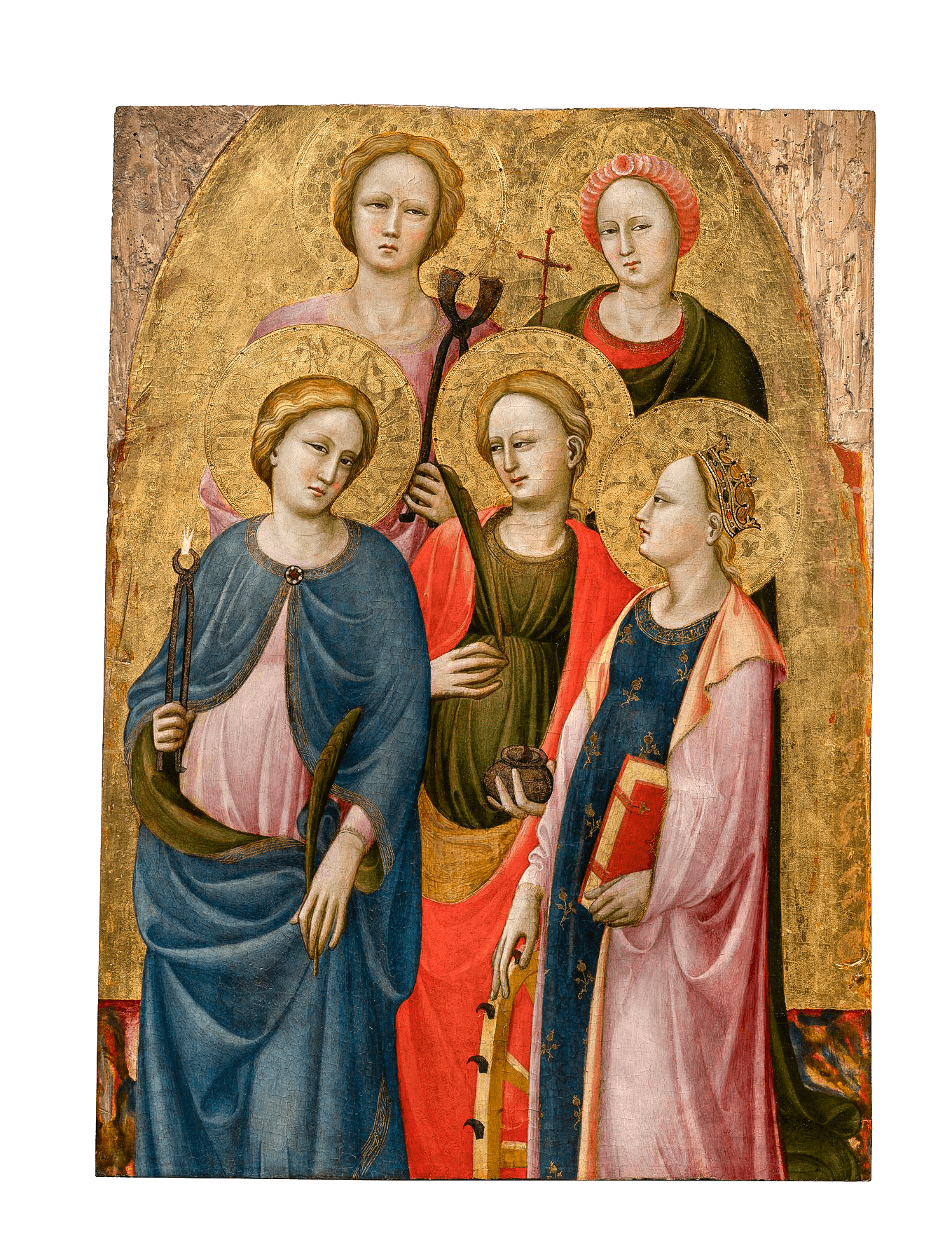
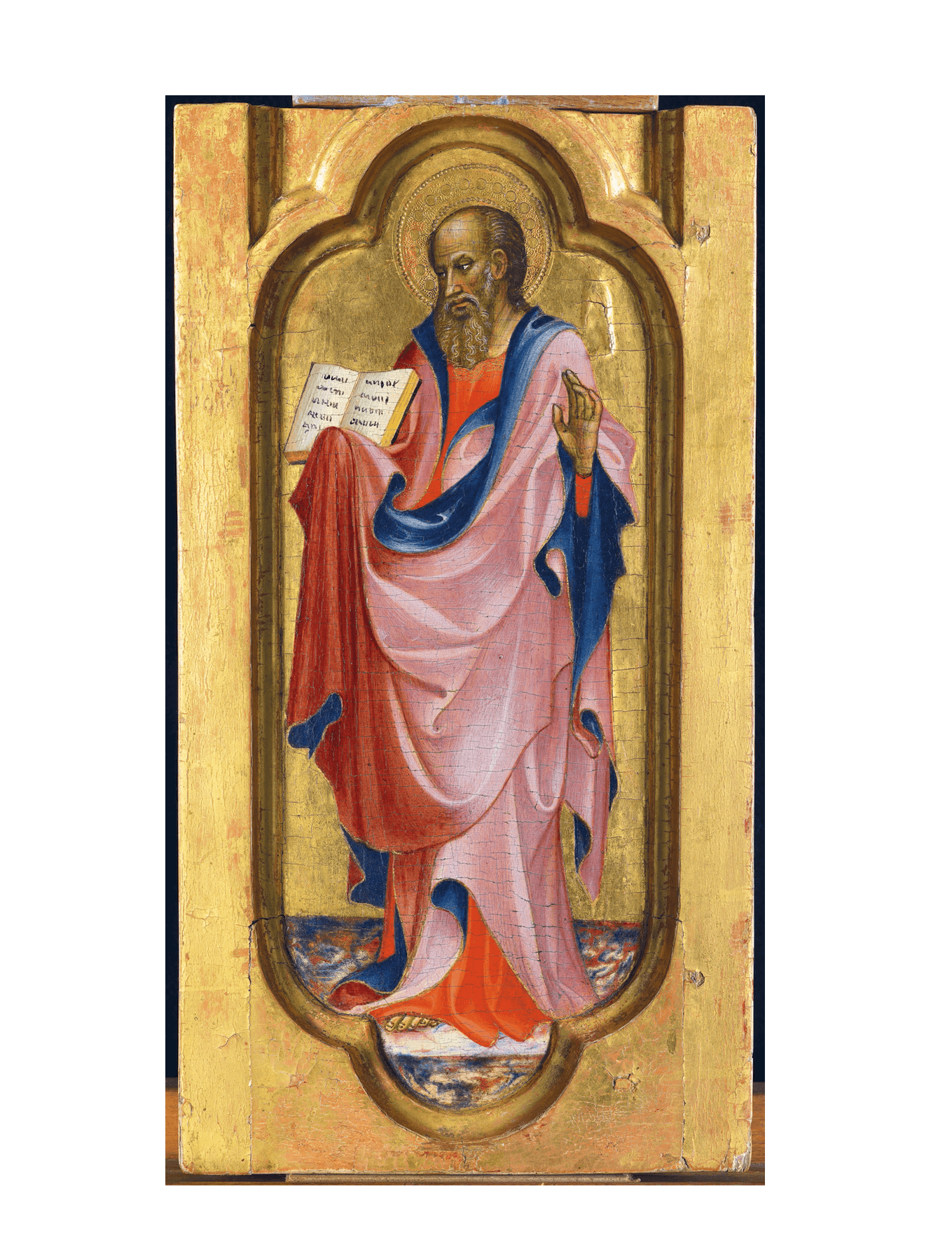
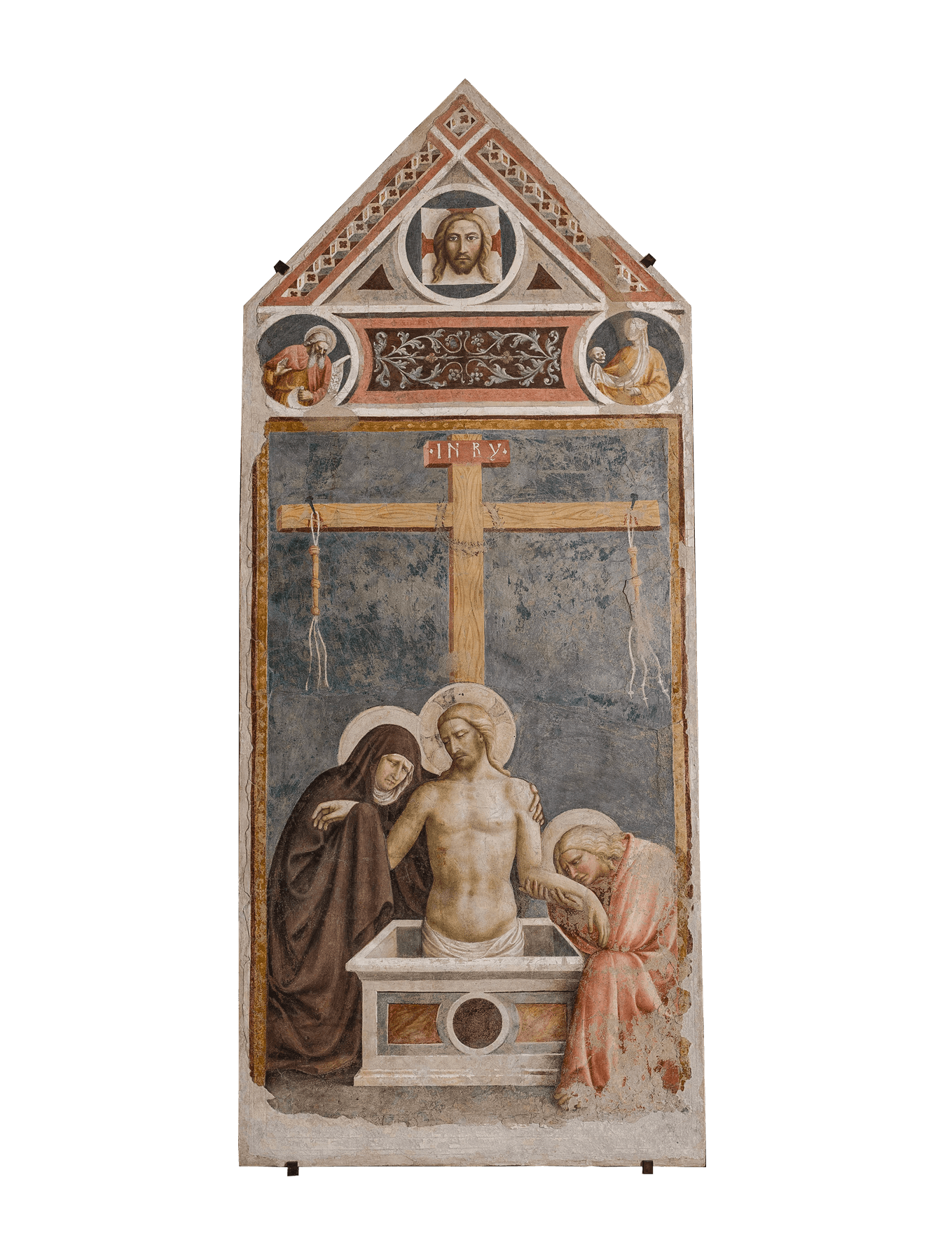
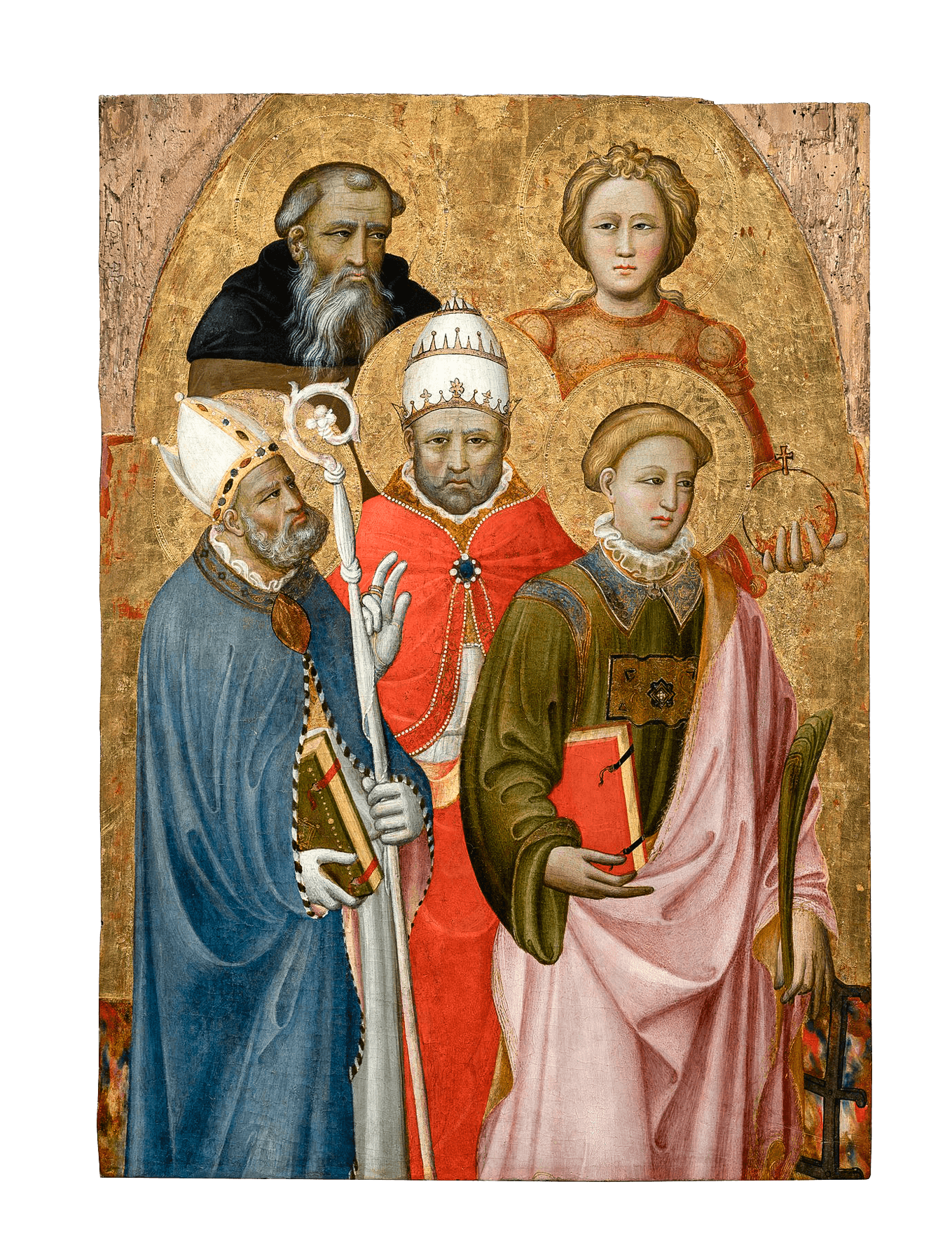
THE DAWN OF THE RENAISSANCE
Between the end of the 14th century and the first decades of the 15th century, Empoli became a magnet for some of the best artists on the Florentine scene. These included leading figures of international Gothic, Lorenzo Monaco, who worked in Empoli in 1404, and, shortly afterwards, in 1409, Gherardo Starnina. They were followed by the young Donatello and Giovanni di Francesco Toscani, and finally Masolino, flanked by a host of painters, ranging from Bicci di Lorenzo to Rossello di Jacopo Franchi, from Francesco d’Antonio to Borghese di Pietro.
One of the aims of the exhibition is to reconstruct the cultural climate in which Masolino operated – he was an artist with a delicate expressive vein, inclined to a particularly lyrical and sensitive interpretation of the new depiction of corporeality and human emotion that had been introduced into painting under the decisive impetus of Donatello and other sculptors of the time.
The exhibition itinerary – a miniguide
related events
2024-04-27
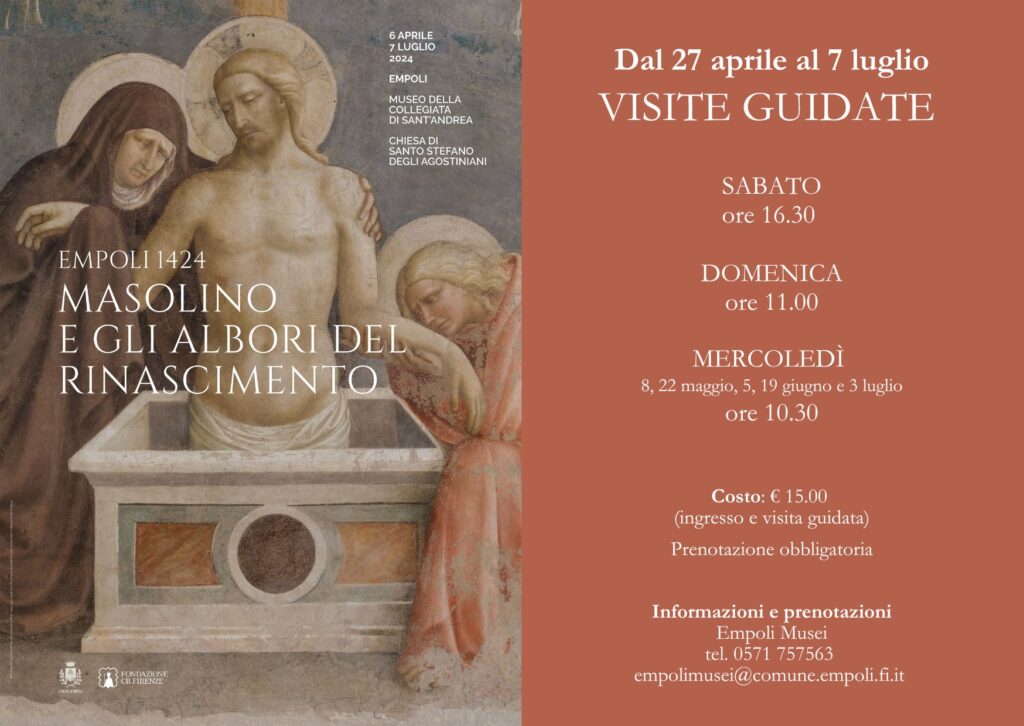
2024-05-10
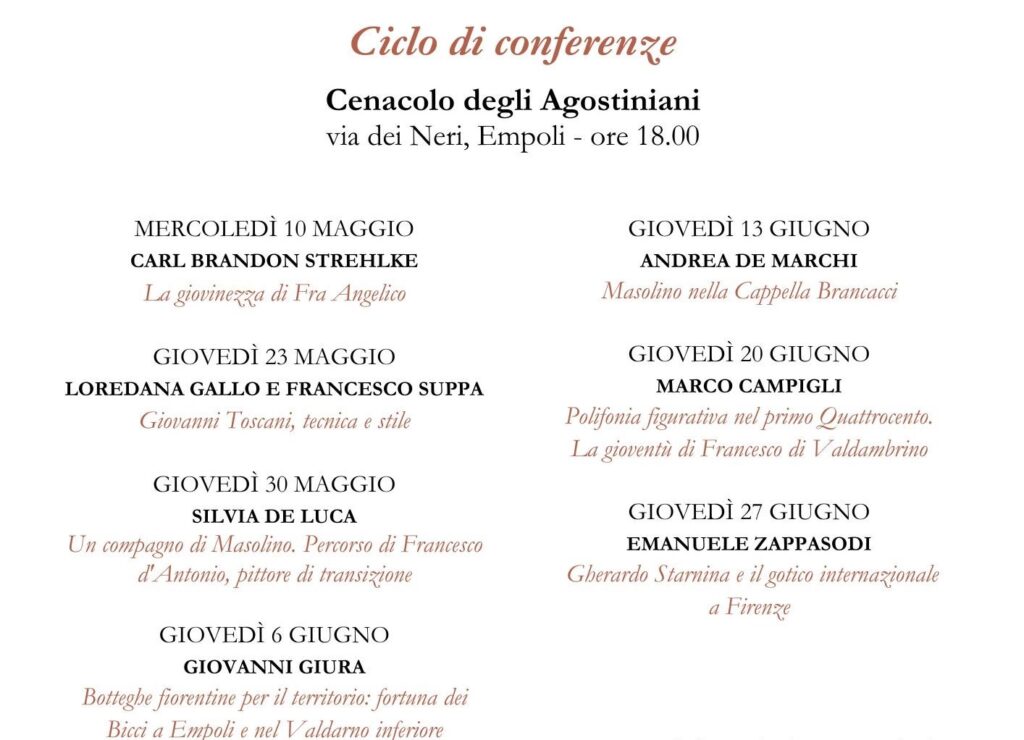
2024-04-14
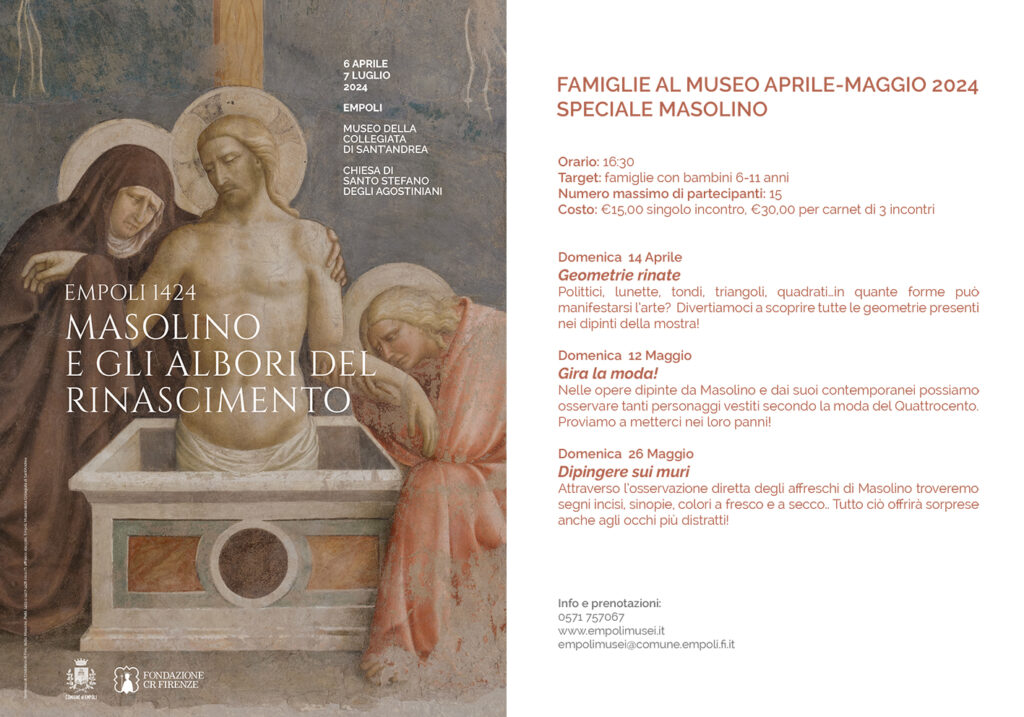
come and visit us

